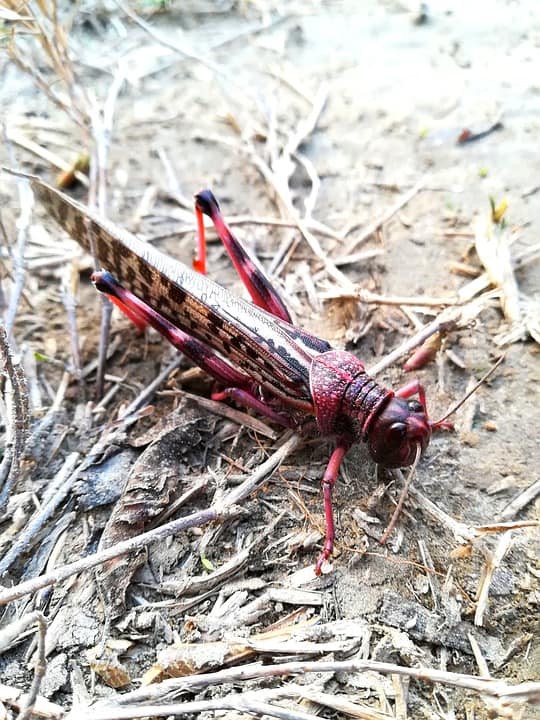People may witness food insecurity as swarms of locust ruin the standing crops and food for livestock. Consequently, more than 5 million people are at risk of hunger due to COVID-19 and locusts attack.
People at Risk of Hunger due to COVID-19 and Locusts attack- IRC
International Rescue Committee (IRC) revealed that the current locust attack can push 5 million people in east Africa to starvation. Further, it added that 25 million people will face acute food insecurity. The attack has been regarded as the most serious desert locust attack in 70 years. The attack has added to woes of the country which was already struggling to manage food insecurity amid the pandemic.

Food and Agriculture Organization of the United Nations already warned about the worsening of the global hunger problem owing to the disruptions created by a coronavirus in the supply chain. Further, it predicts a loss of around 50 to 70% cereal harvest loss in the worst case. The locusts have destroyed several acres of standing crops in Kenya, Uganda, South Sudan, Ethiopia, Somalia, Eritrea, Djibouti, and Sudan.
Climate Change Leading to Increased Locust Attacks
Scientists have cited the swarms of locusts rising in Africa to the Arabian Peninsula to the Indian subcontinent as a consequence of climate change. This is the worst locust attack in over 30 years and could prove economically more damaging since the 1960s. As the swarms grappled northern and western India, the government issued a threat warning to 16 states.
Keith Cressman, the FAO’s senior locust forecaster, said that climate change is altering the dynamics of pest control. The cyclones fed by warming oceans are giving perfect warmth and water for breeding to the locust. Not only this but researchers found out an Indian Ocean pattern of warming and cooling called the Indian Ocean Dipole caused by human-induced warming that causes more frequent tropical storms and heavy rains. Besides, it provides warmth and water for plant biomass to feed the locusts which support their existence and reproduction. According to Keith, the attack is relatively smaller in India than in Africa. Further, he said that the damage would depend on the effectiveness of control operations.
Africa, Asia, and South America Most Affected
Experts predicted that the infestation would die in the current dry season. However, untimely rain has provided breeding grounds to the locusts, which allowed their generations to survive and form swarms. As a result, huge swarms have destroyed crops in Africa, Asia, and South America. Kenya has become the worst-hit country with 2,500 sq km of the plant destroyed. Despite the control measures, people fear the impact of locust on food security in Ethiopia. Also, Brazil declared a crop emergency in two states in the last week of June as a preventive measure.
The locust swarm originated in Yemen where untimely rains supported its breeding.
In all, locust attack is a rolling emergency that does not end in one place and hence requires regional coordination to fight. Further, highly contagious COVID-19 must be kept under check at all times.